Excavation is getting underway at 544 Carroll Street, the site of a 17-story residential building on the eastern edge of Gowanus, Brooklyn. Designed and developed by Avery Hall with L+Z Architecture as the architect of record, the 175,000-square-foot structure will yield 133 rental units with 25 percent designated as affordable housing, as well as 6,000 square feet of ground-floor retail space. Leeding Builders Group LLC is the construction manager for the property, which is alternately addressed as 272 Fourth Avenue and bound by Carroll Street to the north and 4th Avenue to the east.
Recent photographs show the site cleared up to the lot line brick wall of the MTA substation at 276 4th Avenue, and up to the Gil Hodges Community Garden along Carroll Street. A pair of excavators is working around piles of concrete and metal debris that are waiting to be hauled away.
The below Google Street View image details the two-story garage that formerly occupied the plot.
The main rendering depicts a a light-colored façade with a grid of wide floor-to-ceiling windows from floors one through 12, followed by a tighter fenestration on the top five levels. Several setbacks are positioned across the massing, making room for landscaped terraces. The double-height ground floor is clad with dark metal paneling and tall windows for the retail frontage. The main entrance appears to be tucked along Carroll Street.
Avery Hall acquired the main lot at 272 4th Avenue for $15 million in 2019, followed by 274 4th Avenue and 538 Carroll Street for $5.3 million to complete the assemblage. The scale of the structure was made possible through the $30 million acquisition of 50,000 square feet of air rights from the adjacent MTA substation at 276 4th Avenue. The closest subway from the property is the R train at the Union Street station along 4th Avenue.
544 Carroll Street’s anticipated completion date has yet to be announced, though YIMBY expects the project to finish sometime in 2025. The project is expected to cost between $90 and $120 million.
Subscribe to YIMBY’s daily e-mail
Follow YIMBYgram for real-time photo updates
Like YIMBY on Facebook
Follow YIMBY’s Twitter for the latest in YIMBYnews

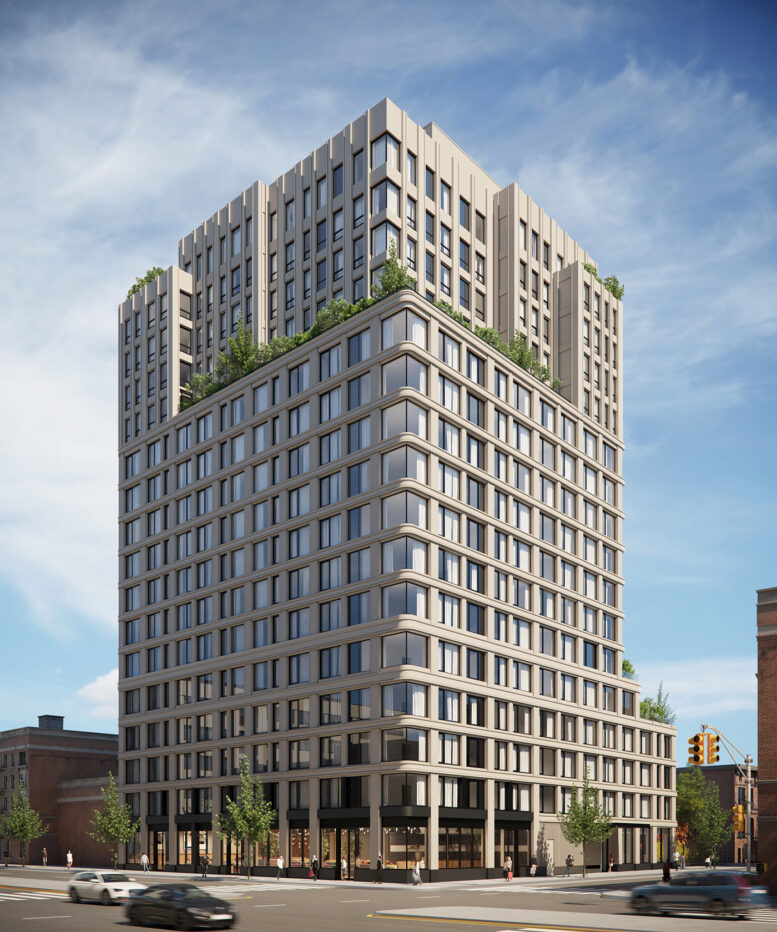
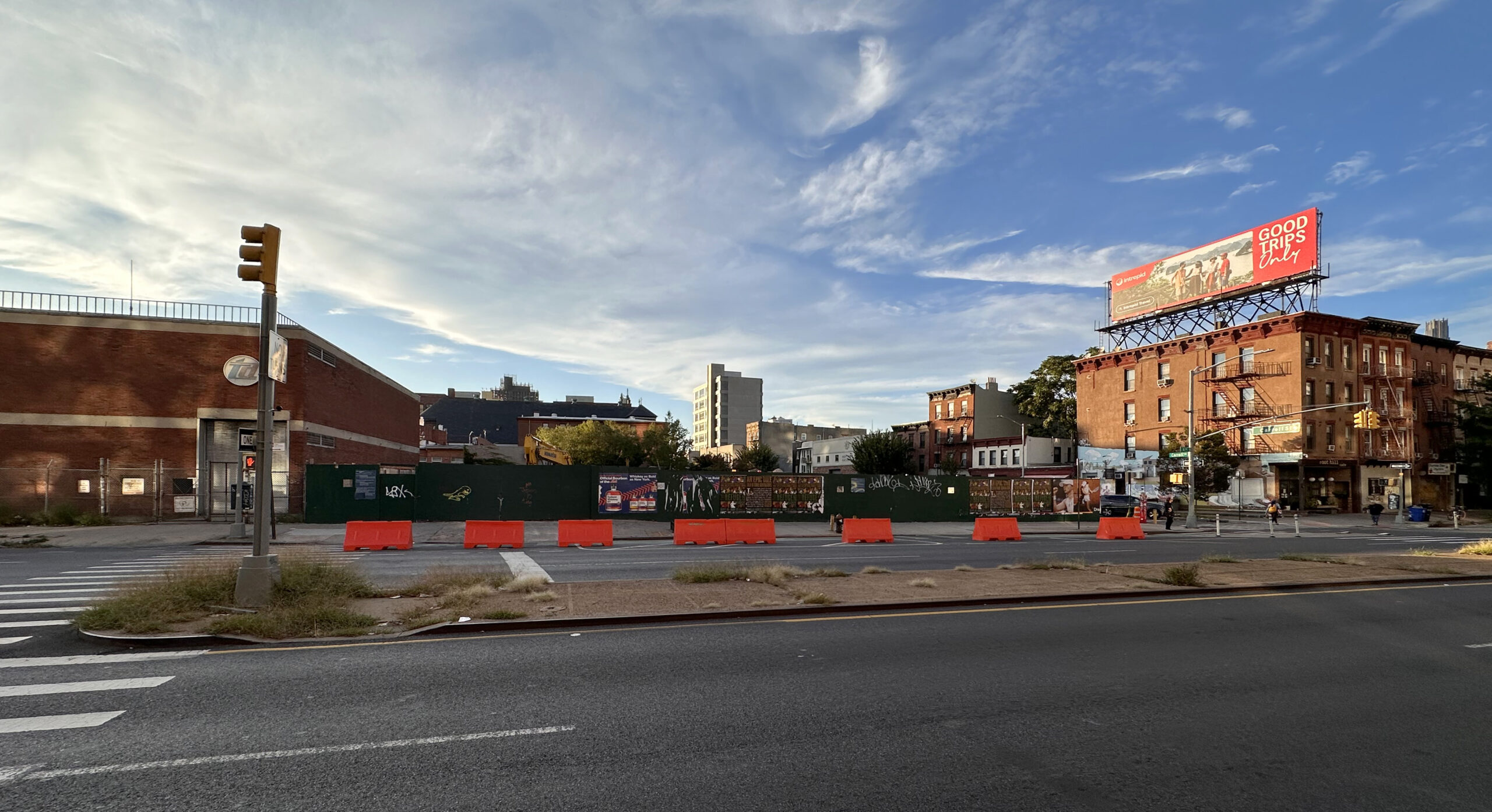
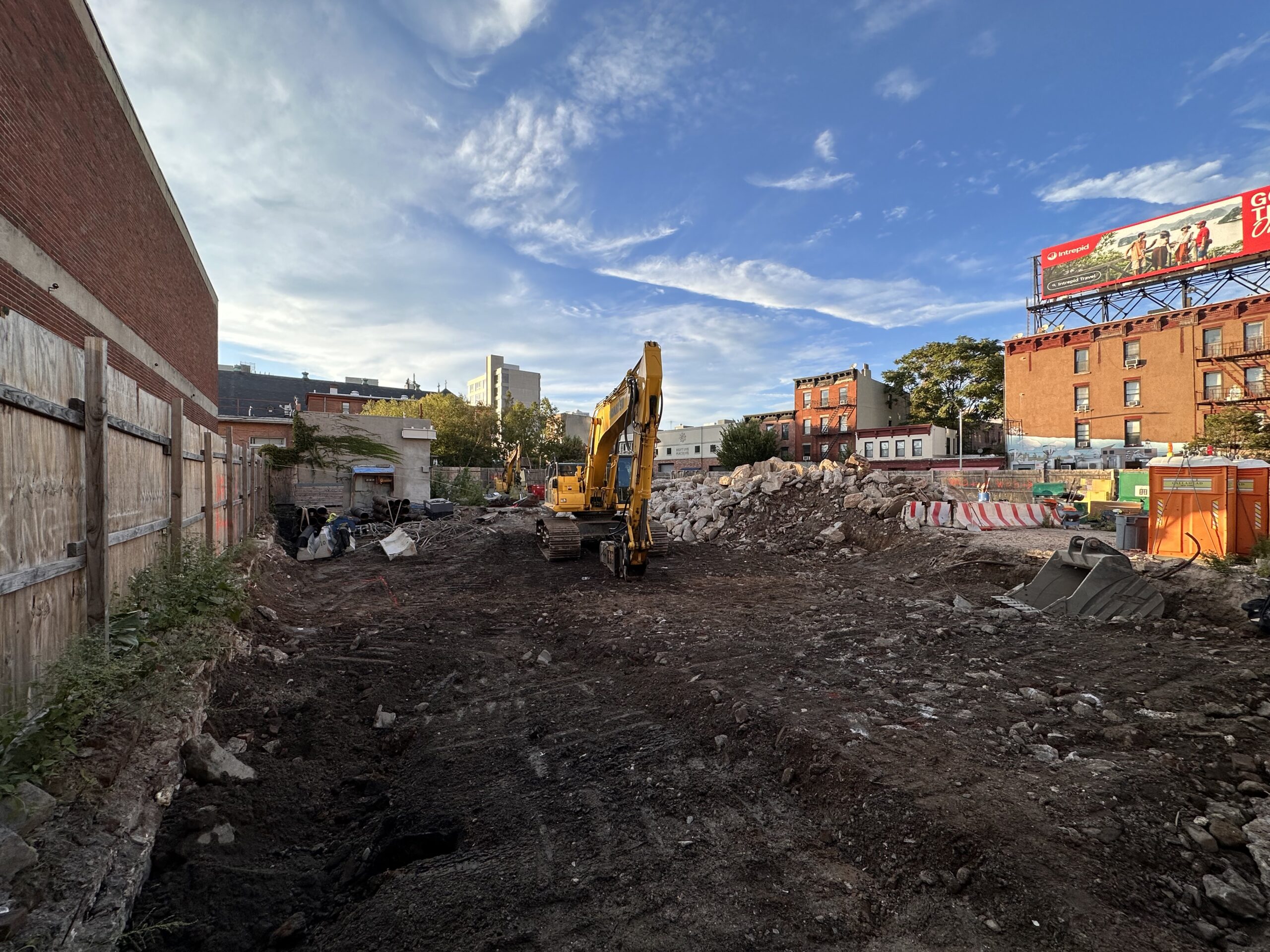
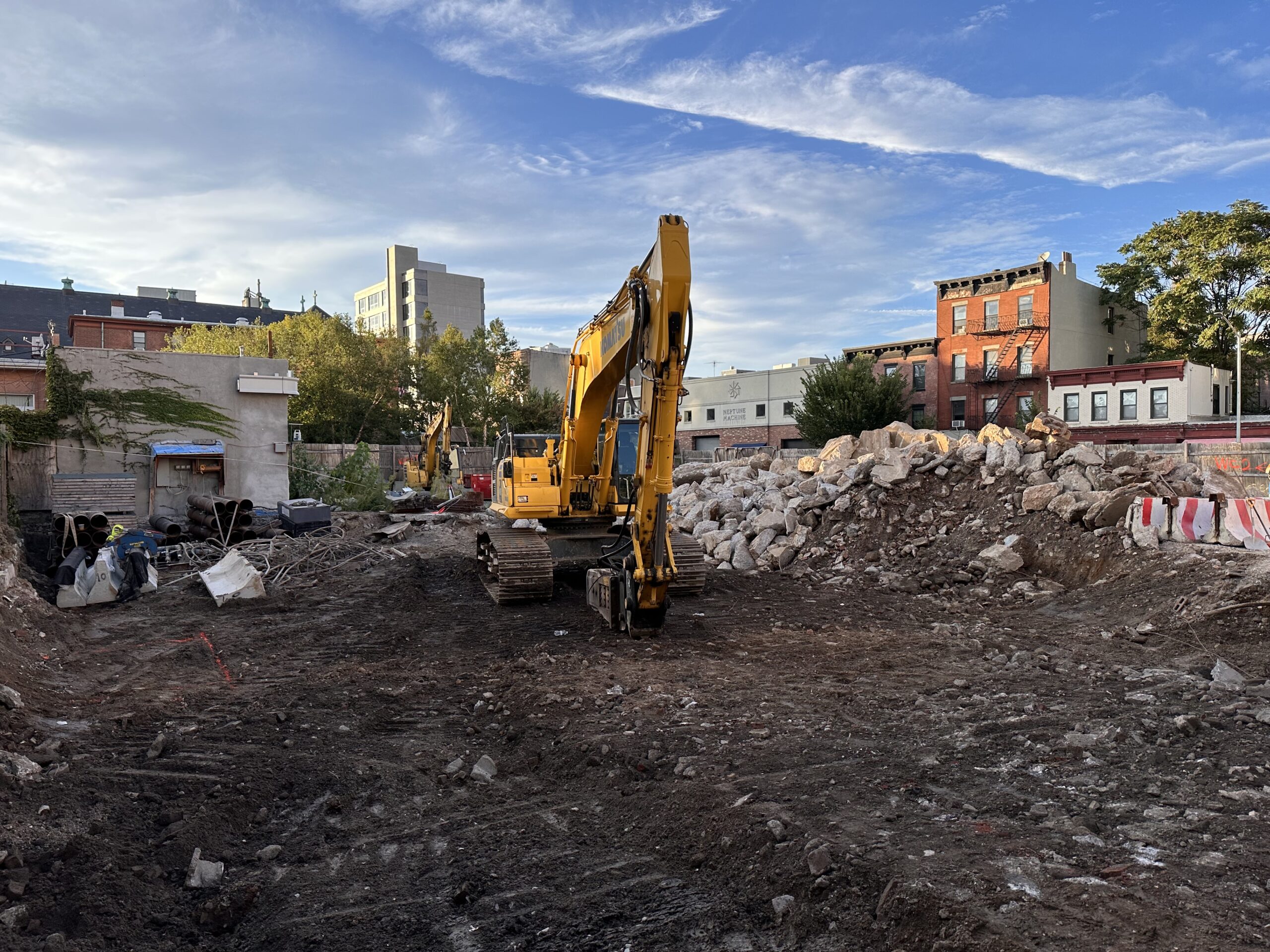
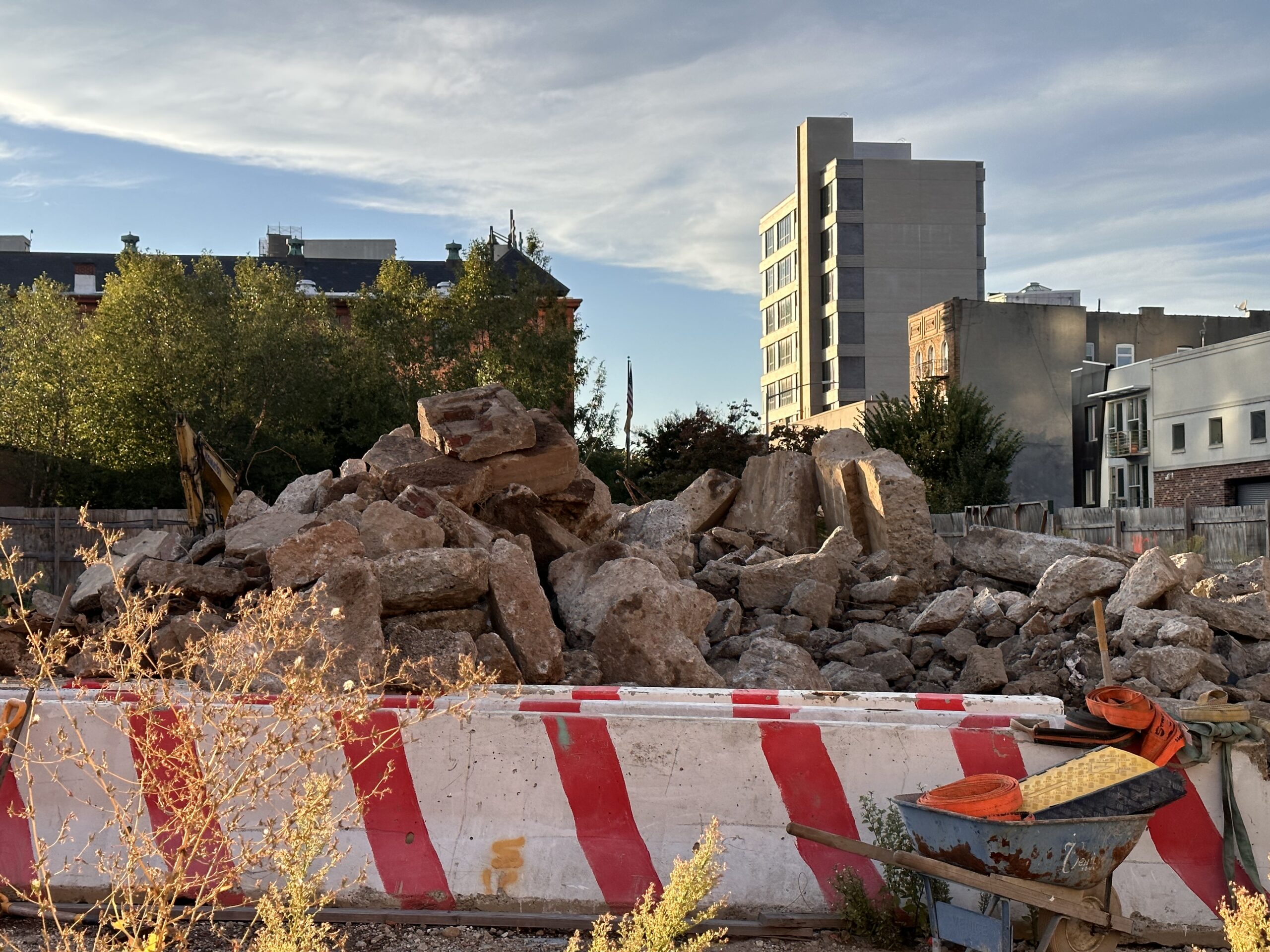
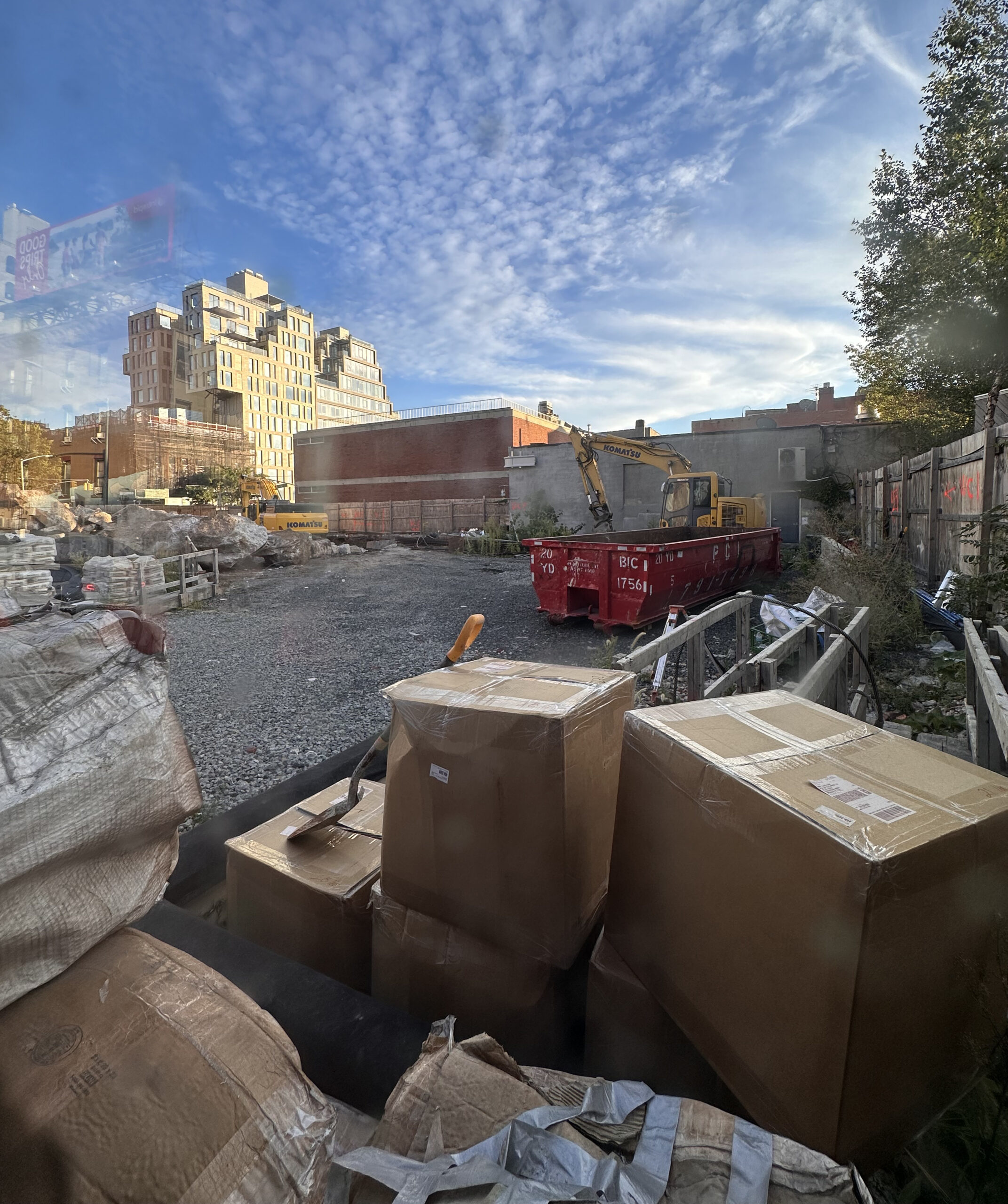
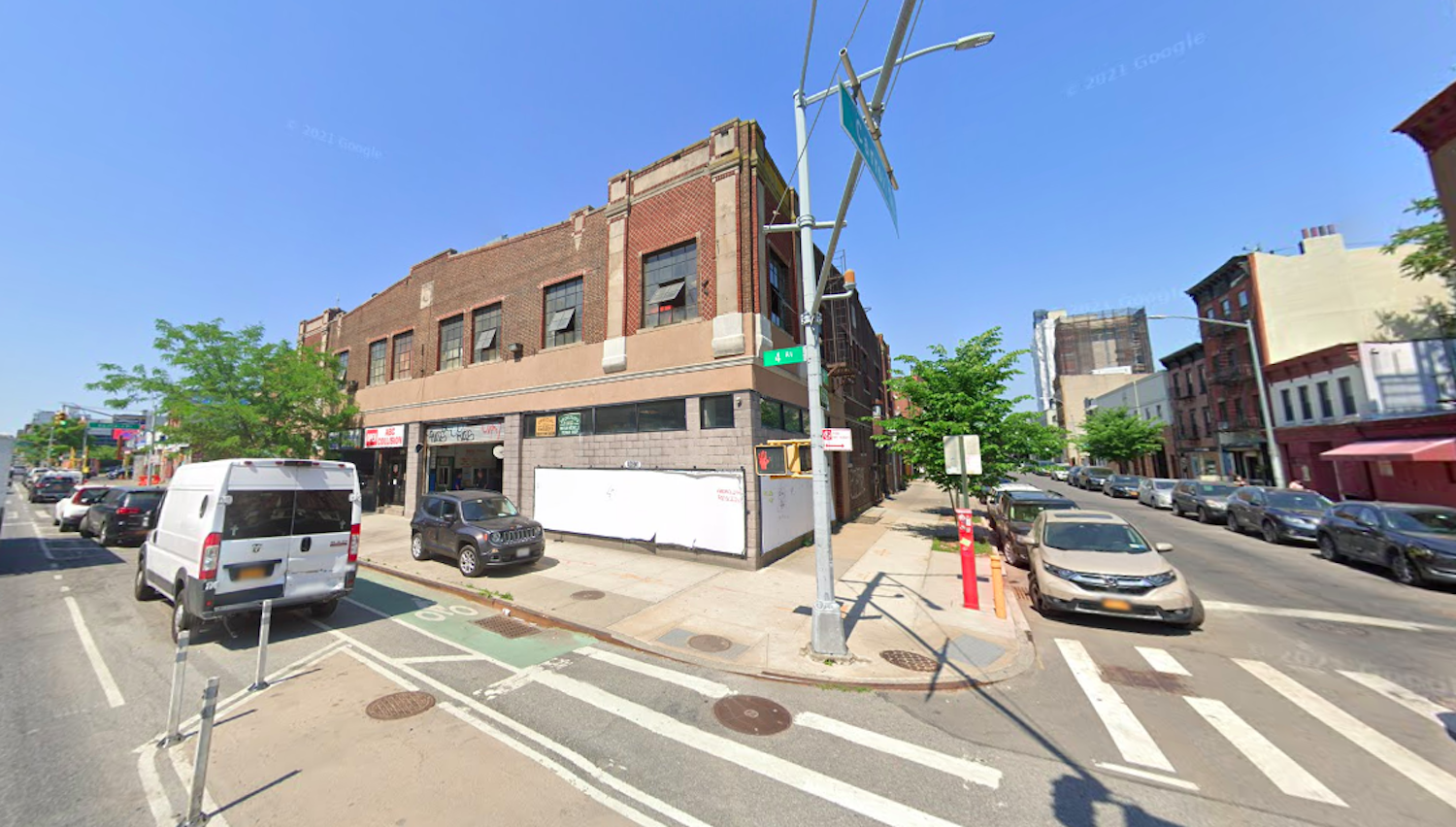
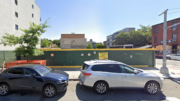

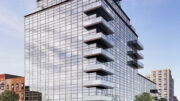

Wow! It’s a good design. Gowanus is transforming like a new Hudson Yards, only so much better in every way.
Hmmmm… Can’t think of a single thing that is similar. Please explain.
Very nice.
If there is no purchase from Avery Hall, there would probably not be any upcoming developments. Is there any more? On the eastern edge of Gowanus, Brooklyn: Thanks to Michael Young.
Solid design on the first 12 floors, but I don’t like the setbacks. A building like this should instead hold the corner and step down from the corner.
The so called 133 rental units with 30 percent designated as affordable housing, which is a lie because it will be at 130%AMI which is for upper income people only
What’s Happening in Gowanus?
The Canal
The Gowanus Canal Was Designated a “Superfund Site”
For over a century, the banks of the Gowanus Canal were line with industry and manufacturing companies, which released their toxic waste into the canal water as well into the ground. In 2010, the federal government identified the Gowanus Canal as one of the most toxic waterways in the entire country. It’s filled with toxins that pose serious public health risks. As a result, it was designated a “Superfund” site, and in 2020, the Environmental Protection Agency began a $1.5 billion cleanup of the canal.
The Land
The Gowanus Neighborhood Has Been Rezoned
In 2021, 82 blocks in Gowanus were changed from mainly industrial use to allowing residential development. The existing industrial buildings being demolished in the neighborhood will soon be replaced by dozens of apartment towers reaching up to 30 stories tall.
Most of the Rezoned Land is Highly Toxic
The vast majority of development sites in Gowanus (see map, below) are filled with cancer-causing toxins due to a century of industrial use, and have been classified by NY State as “Brownfield sites.” Some have toxins as deep as 150 feet.
The Infrastructure
Sewage Frequently Flows Into the Canal
During heavy rains, raw sewage flows into the canal because it exceeds the current sewer system’s capacity. As a result, the EPA has demanded that the City build two enormous “retention” tanks to keep excess sewage from going into the canal.
What’s The Problem?
The Land is Not Being Cleaned Up Fully, Leaving Toxins in the Soil
All of these sites need to be cleaned up before residential buildings can be built. State law requires they be cleaned to “pre-disposal conditions”—as they were before industrial poisoning. However, this is NOT happening. For instance, at some sites, where toxins reach as deep as 150 feet, the State is only calling for developers to clean less than the top 8 feet of contaminated soil.
Toxins Left in the Soil Can Enter Buildings And Threaten Future Residents’ Health
The State itself acknowledges that when certain toxins (“volatile organic compounds” or VOCs) are left in the soil, they can “move into buildings and affect the indoor air quality.”
Rather than remove them entirely, the State has decided that on the development sites, these toxins will be covered, or “capped,” with a slab of concrete. This method of dealing with toxic land, known as creating a “vapor intrusion barrier,” is very risky, and is so unreliable that these sites must be monitored every year, in perpetuity, to ensure that dangerous vapors haven’t penetrated people’s residences.
The Most Deeply-Affordable Housing Is Planned for the Most Seriously Toxic Site
Some of the worst contamination can be found at “Public Place,” a City-owned plot at the corner of Smith and Fifth Streets which for decades housed a manufactured gas plant that created waste known as “coal tar.” Exposure to coal tar has been linked to a variety of cancers. Coal tar at this site has been found to a depth of 150 feet.
The cleanup proposed for this site is woefully inadequate, and only the top 8 feet of soil will be cleaned. It is also the only site in the entire rezone where 100% of the 950 apartments target lower incomes, including units for unhoused individuals and seniors. A school has also been proposed for this site.
Placing the lowest-income residents in danger in this way raises Environmental Justice concerns.
Toxins Are Not Confined To Their Original Sites and Threaten the Health of Existing and Future Residents
Large “plumes” of migrating carcinogenic coal tar have already been found far from their original site in Gowanus, and with flooding and rising groundwater levels from climate change, these and other carcinogens can wind up underneath existing homes and intrude into them.
Fumes from the Toxic Construction Sites Pose a Danger to the Community
The disturbance of the land at these toxic construction sites has caused air monitors to be set off by toxic fumes reaching dangerously high levels, with the community not notified and only discovered after kids in the neighboring playground smelled it and reported it to our electeds.
The Gowanus Canal will be Re-Contaminated With Toxins
Without a full cleanup, toxins from the sites surrounding the canal will seep right back into the canal and re-contaminate it, thereby not only wasting $1.5 billion in taxpayer dollars, but also returning the canal to its dangerously toxic state.
Sewage Retention Tanks Are Not Being Built, and Sewage will continue to flow into the canal—and into our homes
The City is not following the EPA’s timeline to build the required retention tanks, and at this point says that they won’t be complete until after 2030. And the retention tanks are only meant to deal with the current number of residents in the community; they don’t take into account the additional sewage that will be produced by 20,000 planned future residents.
Without the required retention tanks, and given increases in rainfall as a result of climate change, sewage will (and has) backed up into people’s homes.
this corner was overflowing with sewage last week and there is no assurances that this building has anything in it to prevent flooding
Guesser is such a weirdo. Lol.